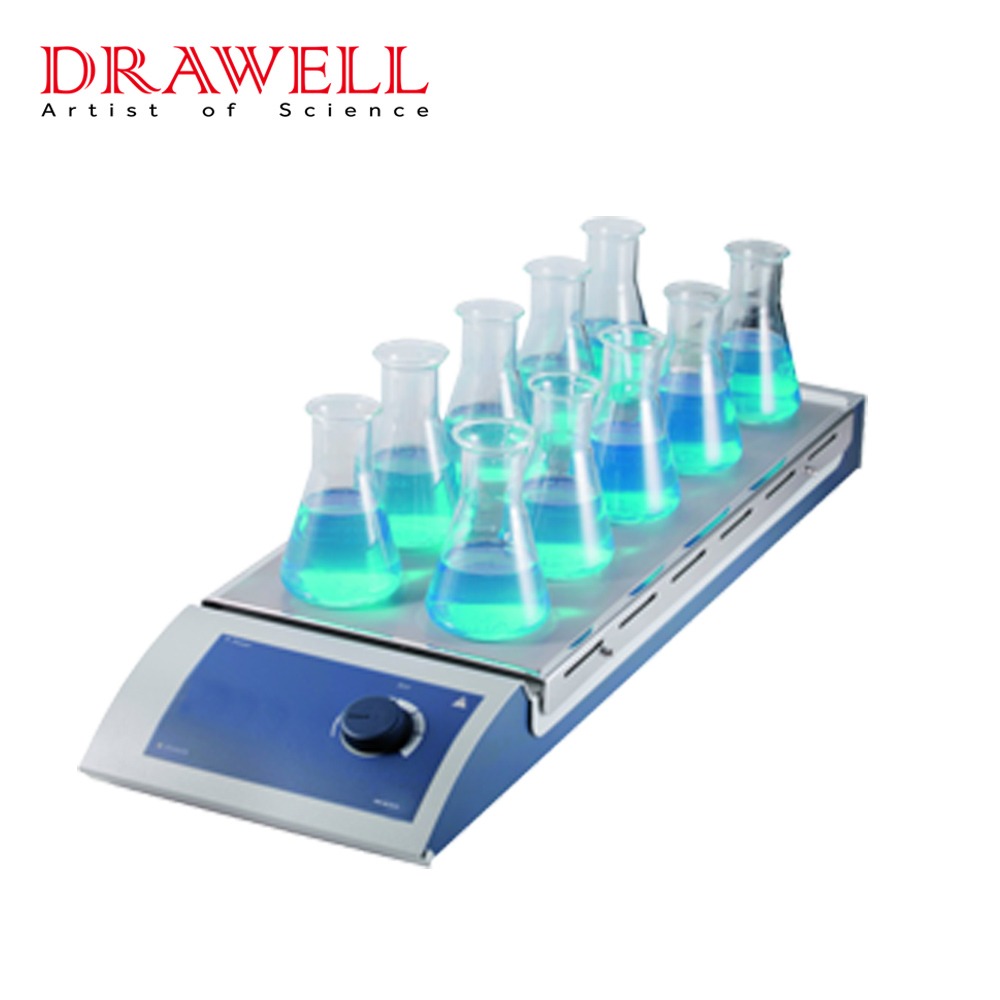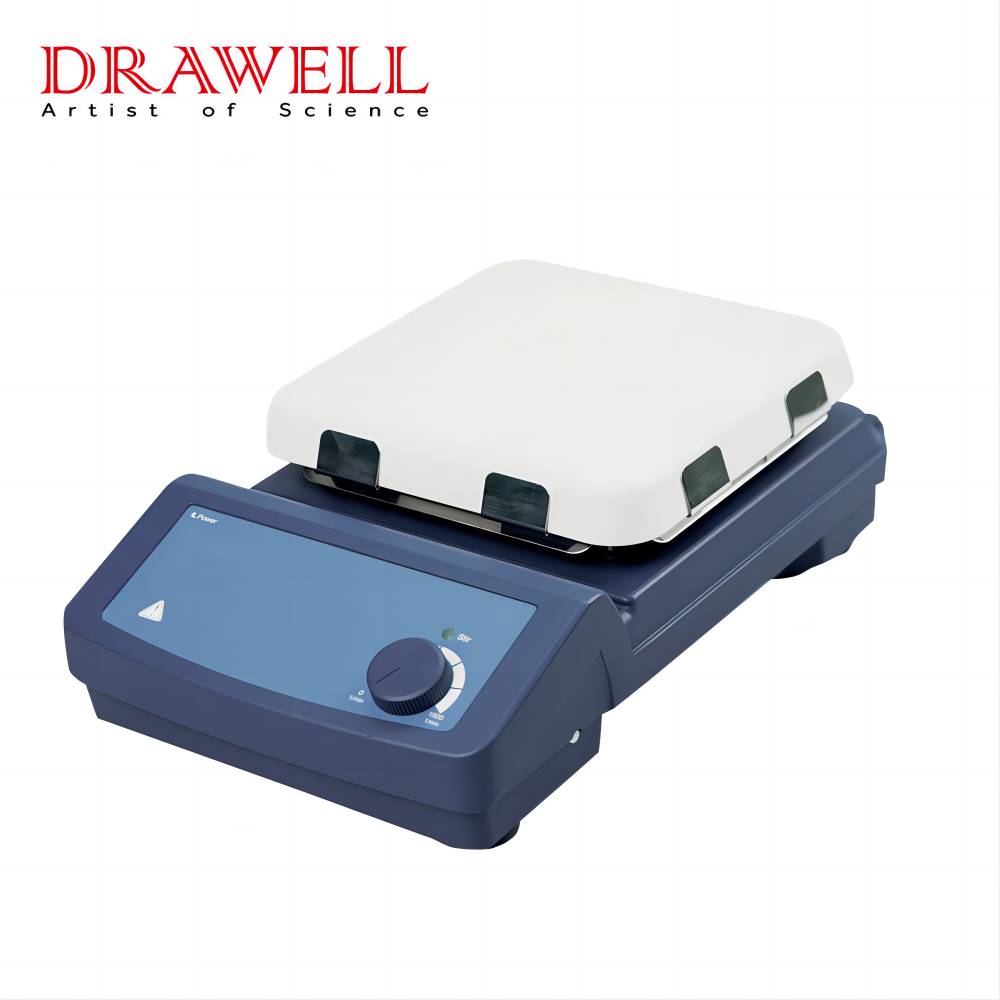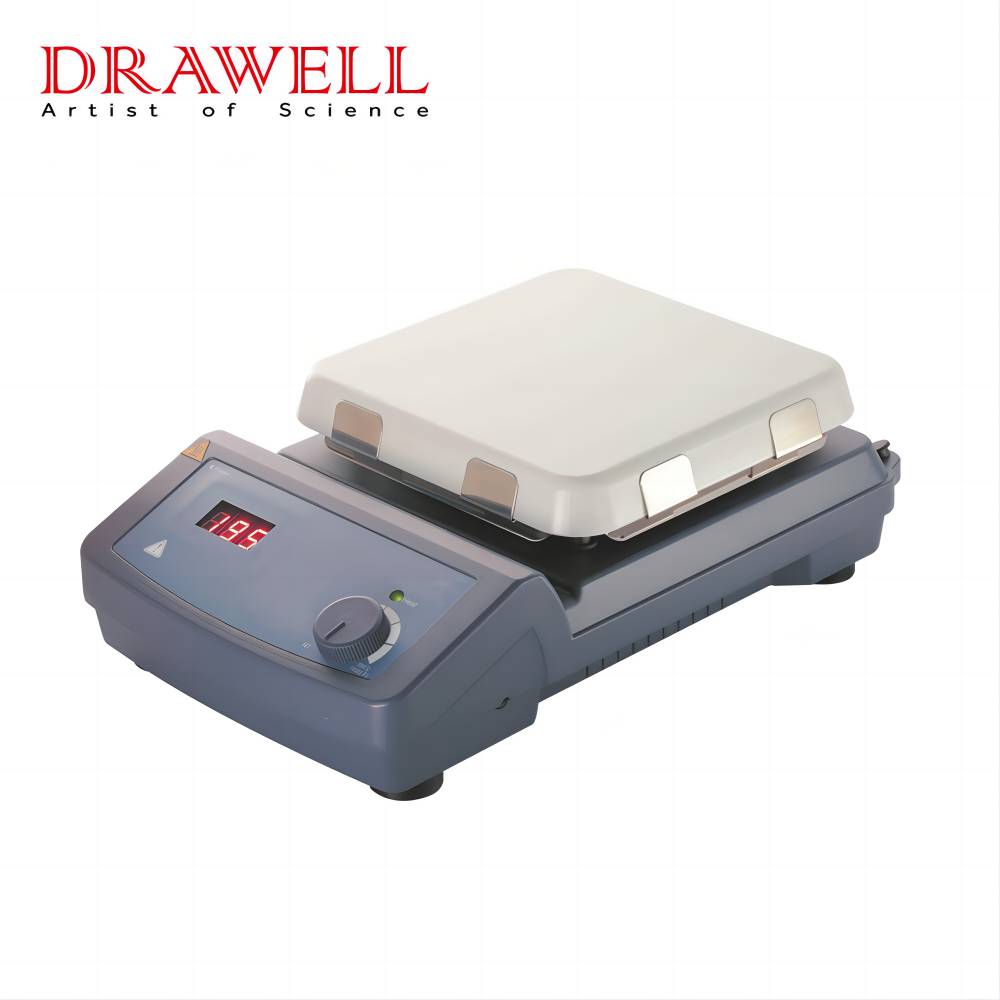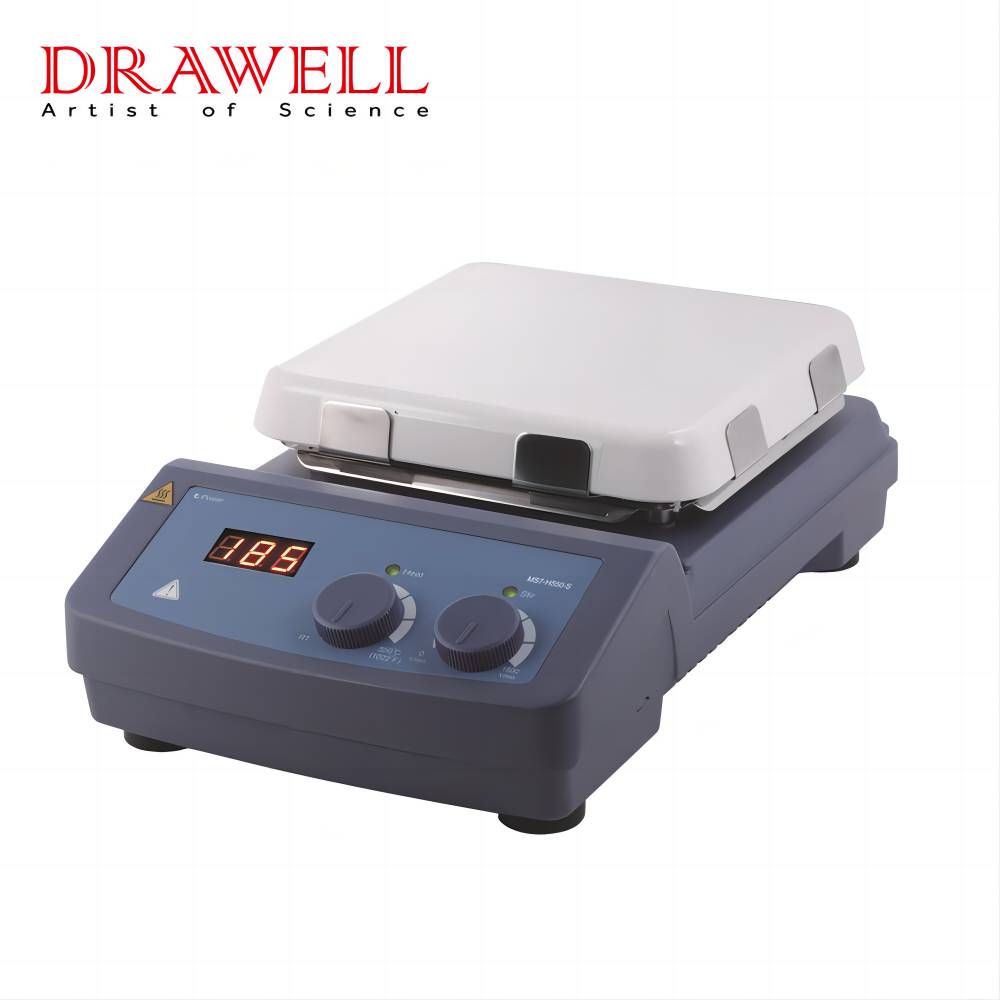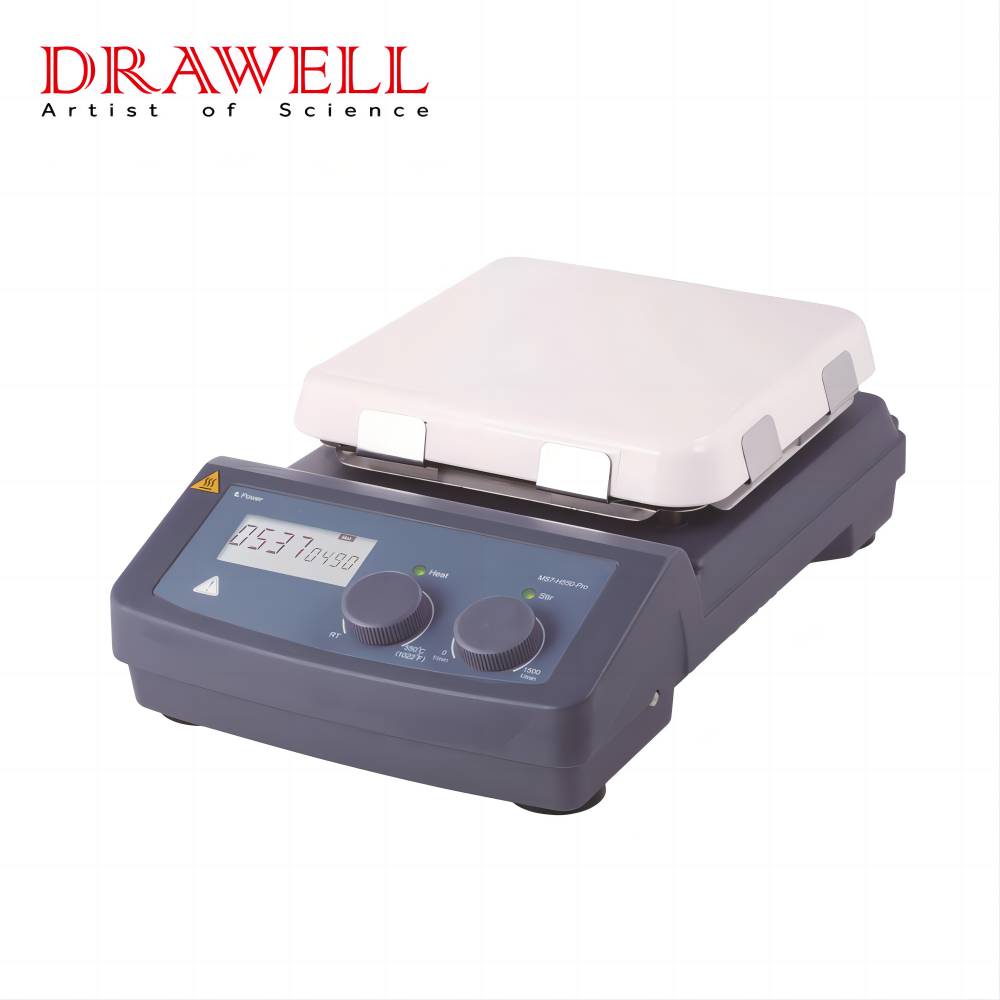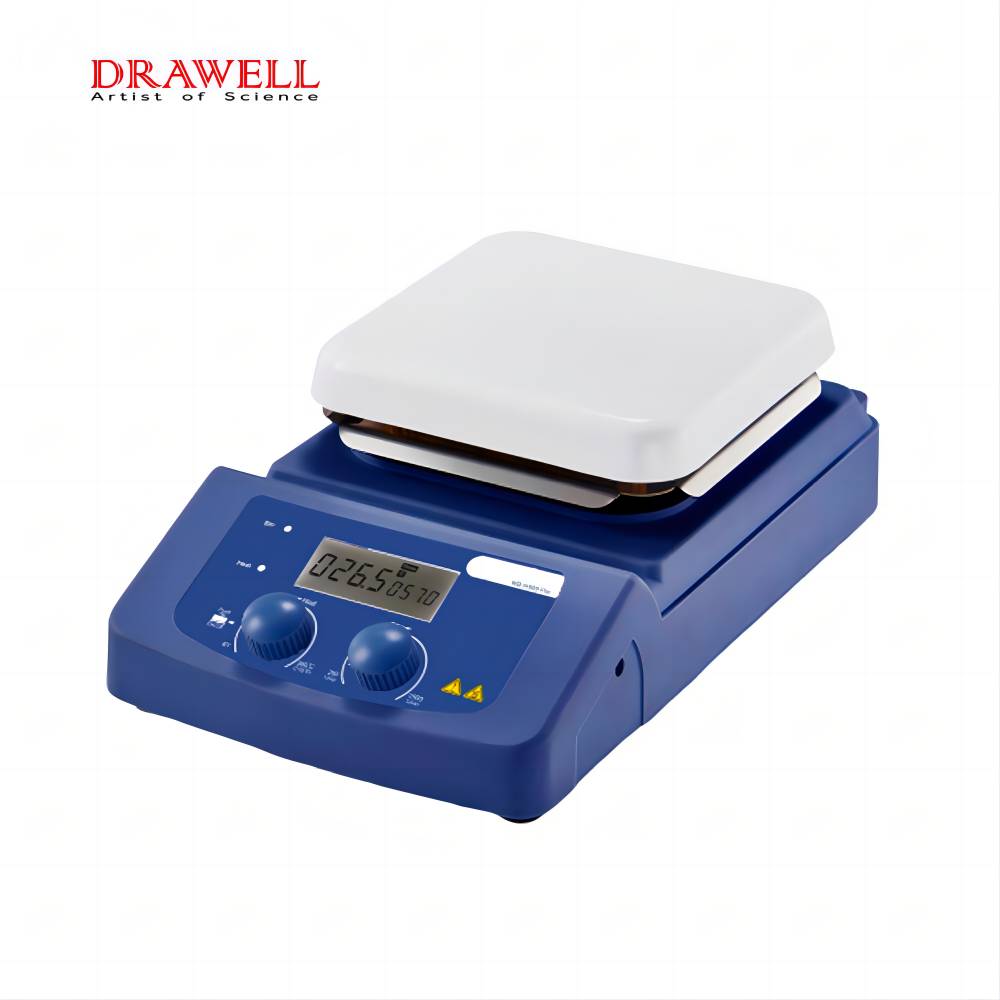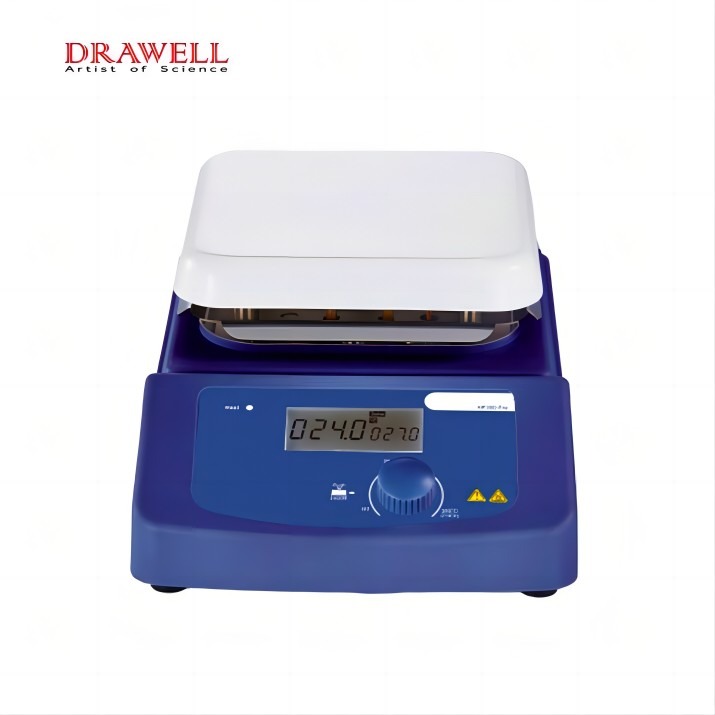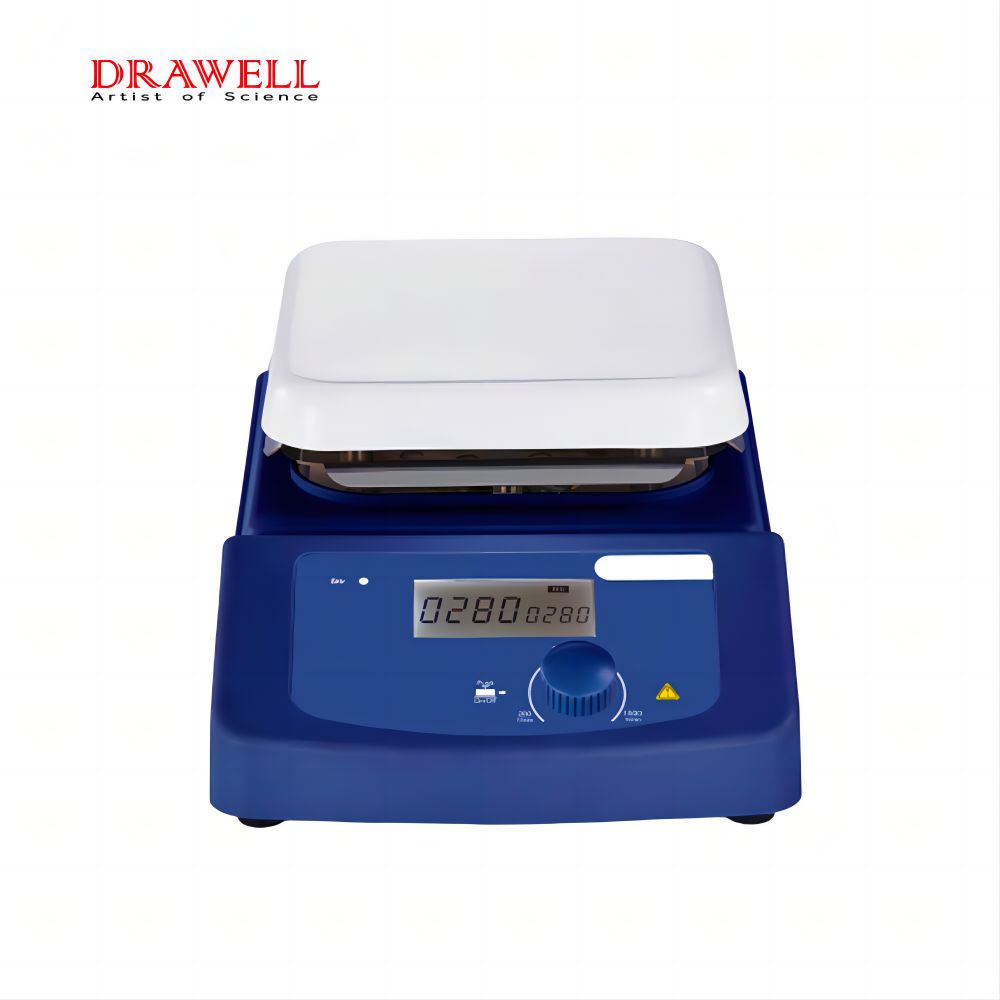Laboratory work often requires precise control over the mixing and heating of solutions. To accomplish this, scientists and researchers often turn to a versatile piece of equipment known as the magnetic hotplate stirrer. In this article, we will explore the fundamentals of using a magnetic hotplate stirrer effectively and safely, with a focus on how to set it up, select the right equipment, and conduct experiments successfully.
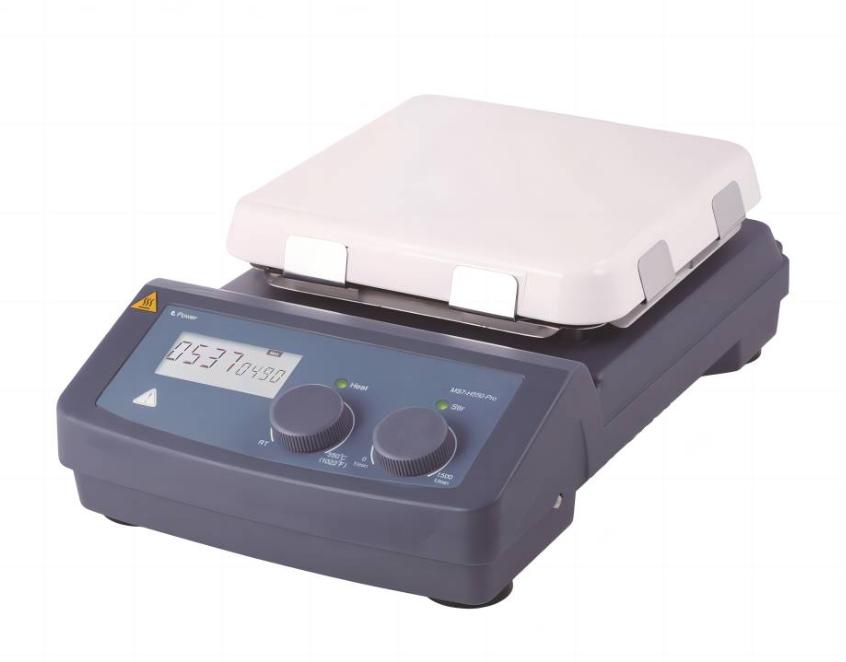
What is a Magnetic Hotplate Stirrer?
A magnetic hotplate stirrer is a laboratory device that combines two essential functions: stirring and heating. It consists of a hotplate with a built-in magnetic stirrer, making it a valuable tool for various applications in chemistry, biology, and other scientific fields. By using a magnetic stir bar placed within a solution and applying heat simultaneously, researchers can achieve consistent and controlled mixing and temperature regulation.
What is the Equipment Needed for Using a Magnetic Hotplate Stirrer?
Before diving into the steps of using a magnetic hotplate stirrer, let’s gather the essential equipment:
- Magnetic Hotplate Stirrer: Ensure you have access to a well-maintained magnetic hotplate stirrer with adjustable temperature and stirring speed controls.
- Magnetic Stir Bar: Select an appropriate stir bar based on the size and volume of your container. The stir bar should be compatible with magnetic stirring and fit comfortably inside your vessel.
- Laboratory Glassware: You will need laboratory glassware like beakers, flasks, or round-bottom flasks to hold the solution you want to mix and heat.
- Stirring Solution: Prepare the solution you intend to work with, ensuring it’s in a suitable container.
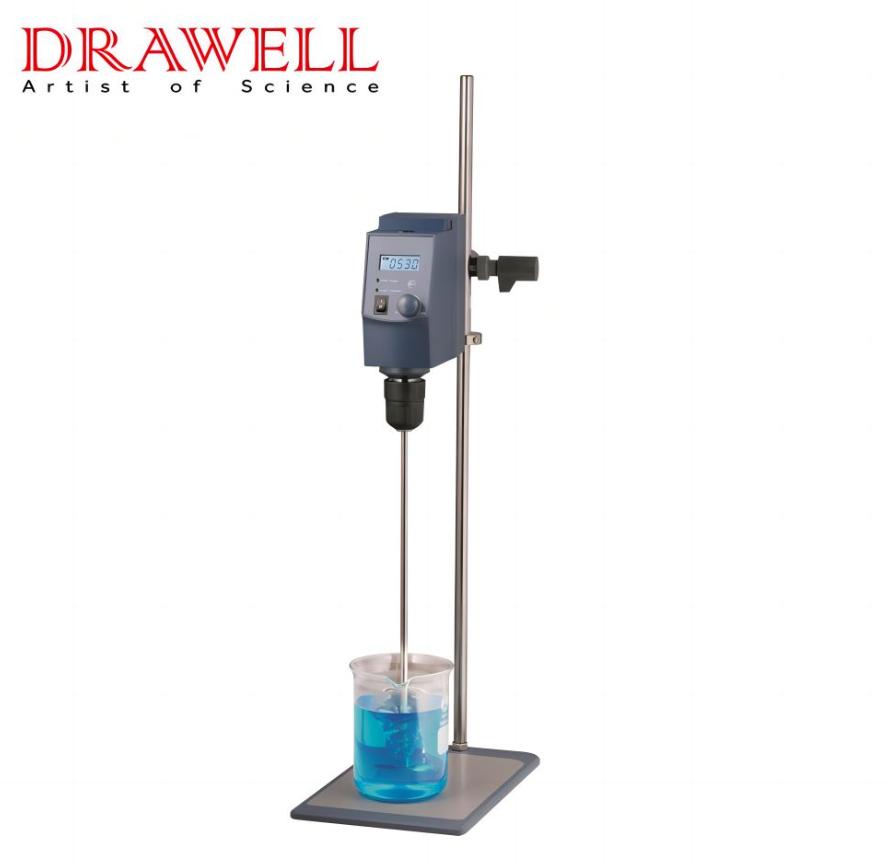
A Step-by-Step Guide to Using a Magnetic Hotplate Stirrer
1. Safety First
Safety should always be the top priority in any laboratory setting. Before you begin, make sure to:
- Wear appropriate personal protective equipment (PPE), including lab coats, safety goggles, and gloves.
- Work in a well-ventilated area or inside a fume hood when dealing with volatile or hazardous chemicals.
- Familiarize yourself with the emergency shutdown procedures for both the hotplate and the stirrer.
2. Set Up Your Workspace
Place the magnetic hotplate stirrer on a stable, heat-resistant surface. Ensure it’s plugged into a grounded power outlet. Position your laboratory glassware containing the solution on top of the hotplate.
3. Choose the Right Stir Bar
Select a stir bar that matches the size and volume of your container. The stir bar should be long enough to stay submerged in the solution but not too long to touch the sides or the bottom of the vessel.
4. Position the Stir Bar
Carefully place the selected stir bar inside your glassware, ensuring it’s positioned at the center of the solution. Avoid placing it too close to the sides or bottom to prevent damage to the stir bar or the glassware.
5. Adjust Stirring Speed
Turn on the magnetic hotplate stirrer and set the stirring speed to your desired level. Start with a low speed and gradually increase it to achieve the desired mixing intensity. Adjust the speed as needed throughout your experiment.
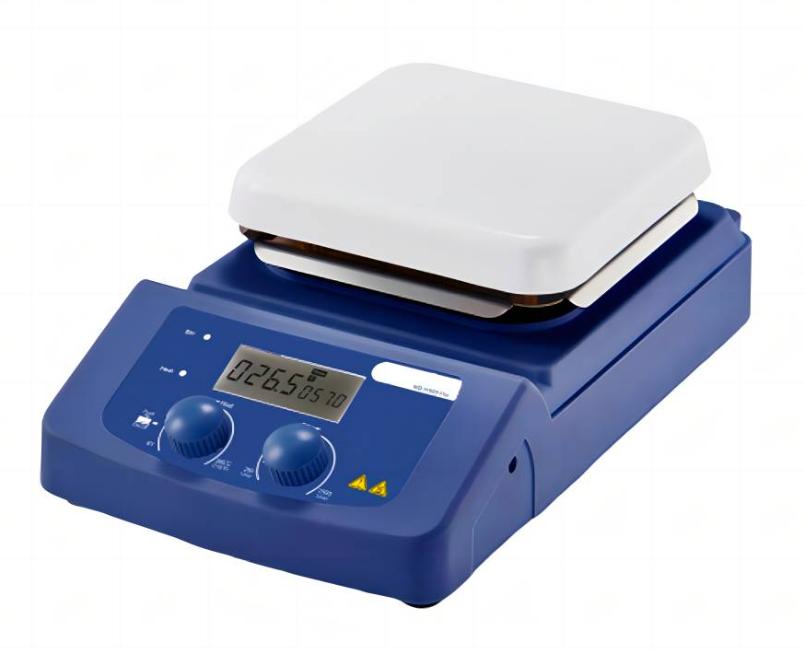
6. Heat the Solution
Turn on the hotplate and set the desired temperature using the temperature control knob or digital display. Gradually increase the temperature to reach your target. Keep a close eye on the solution as it heats up.
7. Monitor and Adjust
Throughout the experiment, monitor the solution’s temperature and mixing performance. You may need to make adjustments to both the stirring speed and temperature settings to maintain the desired conditions. Remember that precision is key to successful experiments.
8. Safety Checks
When handling hot glassware, exercise caution. Use appropriate tools like tongs or oven mitts to prevent burns. If you need to stop the stirring or heating, turn off the hotplate and magnetic stirrer in the reverse order from when you started them.
9. Cool Down and Cleanup
After your experiment is complete, allow the solution to cool down before removing the glassware from the hotplate. Then, turn off both the hotplate and the magnetic stirrer. Carefully remove the stir bar using a magnetic stir bar retriever or forceps.
Conclusion
A magnetic hotplate stirrer is an indispensable tool in the laboratory, offering precise control over the mixing and heating of solutions. By following the steps outlined in this guide and prioritizing safety, researchers can harness the full potential of this versatile equipment. Whether you’re conducting chemical reactions, preparing samples for analysis, or performing various experiments, mastering the use of a magnetic hotplate stirrer will contribute to the success of your scientific endeavors. Remember, practice makes perfect, so don’t hesitate to explore the capabilities of this tool further to enhance your laboratory skills and research outcomes.

